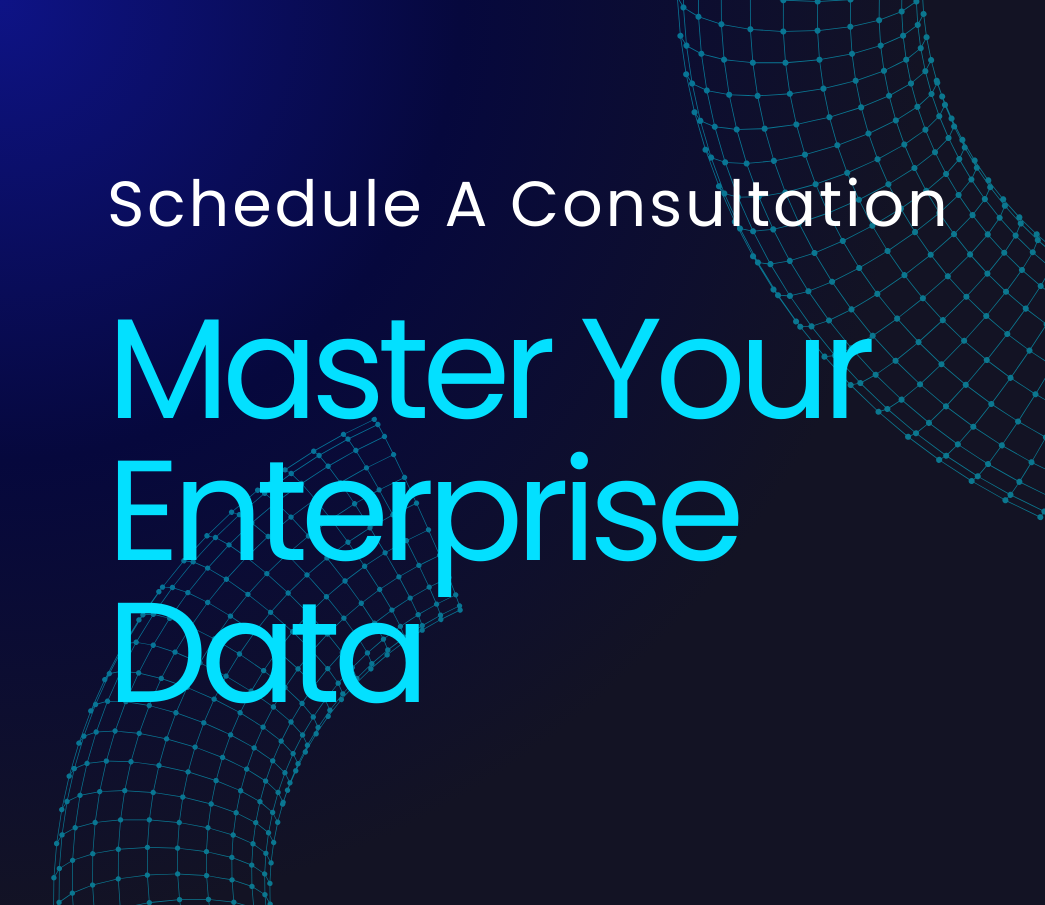Global Reference Architecture is revolutionizing enterprise data management, yet most organizations are struggling to implement it effectively. This fundamental shift in conceptualizing and designing data systems across multinational corporations promises enhanced consistency, improved cross-border operations, and increased business value. However, the reality is far more complex than the vision.
- The Architectural Revolution in Enterprise Data
- Unifying the Data Babel: Cross-Border Integration Challenges
- The Governance Conundrum: Balancing Control and Flexibility
- Architectural Paradigms: From Monoliths to Microservices
- The Human Element: Cultural Challenges in Global Data Management
- Future Horizons: AI, Blockchain, and the Evolution of Global Data Architecture
According to a recent Gartner study, only 22% of organizations have successfully implemented a global data management strategy. The rest are grappling with inconsistent data definitions, conflicting regulatory requirements, and the Herculean task of aligning diverse business units across continents. However, those who have cracked the code report a 35% increase in operational efficiency and a 28% improvement in data-driven decision making.
The challenge isn’t technological—we have the tools. The real hurdle is organizational: breaking down silos, aligning stakeholders, and fostering a culture that views data as a global asset rather than a local resource. This article dives into the intricacies of Global Reference Architecture, exploring its promises, challenges, and the transformative potential it holds for enterprises willing to embrace this paradigm shift.
Overview
- Global Reference Architecture is transforming enterprise data management, but implementation challenges remain significant.
- Cross-border integration requires a flexible framework that balances global consistency with local adaptability.
- Effective data governance in a global context demands a federated model that enables rather than restricts.
- The shift towards microservices and modular architectures is enabling more agile and responsive global data systems.
- Cultural alignment and change management are critical success factors in implementing Global Reference Architecture.
- Emerging technologies like AI and blockchain are set to revolutionize how we conceive and implement global data architectures.


















